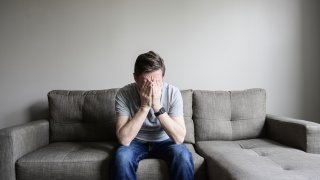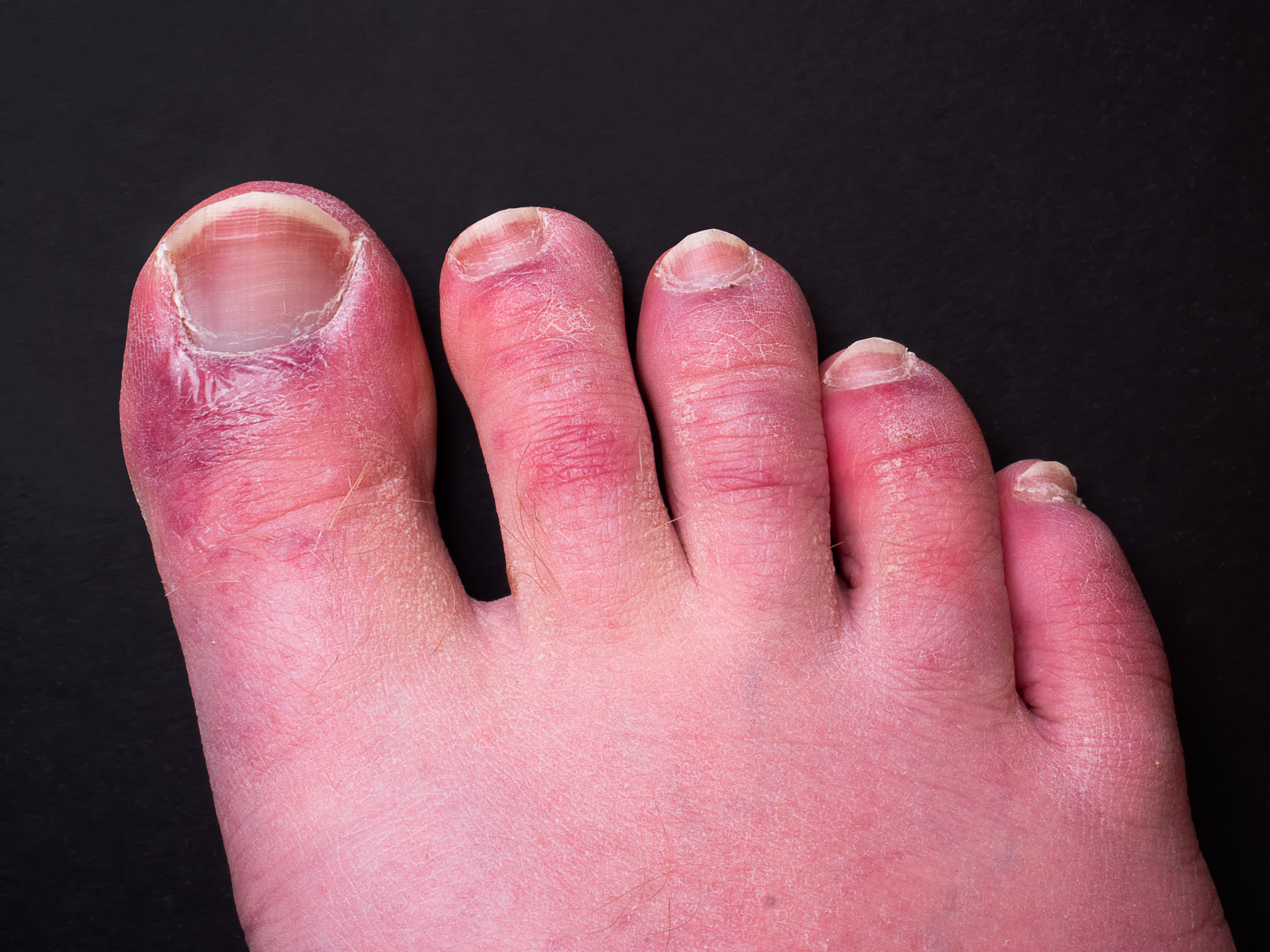
Some of us embrace the winter — we bundle up and walk or run under the crisp blue sky. We cook hearty soups and stews to share with family and friends. We curl up and read, cozy and warm in front of a fire.
But many of us dread the end of daylight saving and "falling back" into standard time. We hate waking up when it’s still dark, and watching dusk descend in the late afternoon. We feel down, unproductive and unmotivated. And sometimes, these “meh” feelings are more than the winter blues. They could be symptoms of seasonal affective disorder, or SAD.
What Is the Definition of Seasonal Affective Disorder?
Also called major depressive disorder with seasonal pattern, SAD is a form of depression that occurs in the same season every year. It’s most common in the winter but can affect some people in the summer. It affects 10 million Americans, and up to another 66 million could have mild SAD, according to Psychology Today.
Seasonal Affective Disorder Symptoms
People prone to SAD tend to experience many of the same symptoms typically associated with depression, including low mood, irritability, anxiety, fatigue, lack of energy, hopelessness and despair.
People with SAD may also:
- Oversleep and still feel tired
- Crave carbohydrates
- Notice muscle tension or stomach problems
- Have symptoms of depression, such as feeling sad, losing interest in activities or having difficulty concentrating
SAD and the Pandemic: A Dangerous Combination
In the United States, almost 7.5 million people have been diagnosed with COVID-19 and almost 210,000 people have died, according to the World Health Organization.
COVID-19 has been wreaking havoc with our mental health through the spring, summer and early fall, and there’s no reason to expect it to relent as we move into winter. Depression during COVID-19 must be taken seriously.
“As part of people’s mental health response to the pandemic, we’re seeing an increase in depression,” Vaile Wright, Ph.D., senior director of health care innovation for the American Psychological Association, told TODAY. That includes people without a previous history of depression.
The pandemic brings with it a cluster of stressors that affect people of all ages, including grief, health issues and financial hardships. And on top of that, we have the looming election.
“We don’t usually have to experience them all at the same time,” Wright said. “The cumulative effect, particularly for those prone to depression or seasonal affective disorder, is that they can start to feel hopeless. It feels like there’s no end in sight. There’s nothing but bad news all the time. It can be hard to maintain any sort of optimism.”
More From TODAY:
Winter Triggers
Winter, especially during the pandemic, brings additional challenges that can tax our mental health.
These may include:
- Cold weather. Being outside is something we rely on to help maintain our emotional wellbeing. “People may not feel they can access that respite,” Wright said.
- Lack of socialization. “We know that social interaction has a big role in maintaining our health. We’re social beings. We need regular social engagements,” Jon Weingarden, Psy.D., senior program director at University of Pittsburgh Medical Center Western Psychiatric Hospital, told TODAY.
- Holiday season stress. The holidays may be more stressful than usual. Indoor gatherings make it risky to see friends and family. People we’ve shared holidays with may have died. And the grim economy means some of us who like to shop and bestow gifts on our loved ones won’t be able to afford the tradition.
“We’re carrying the stress, anxiety and anticipation of multiple things that are all coming to a head at once,” Weingarden said.
8 Tips for Managing SAD
Now is the time to start thinking about how to get through the season. “Everyone should be thinking about these things. Even people who tend to fare well in winter might be stressed about politics or finances,” Weingarden said. People who don't normally experience winter depression could have a harder time this year. Here are some suggestions for treating seasonal affective disorder.
1. Bulk up your outdoor time in the fall.
“Build up some of that resilience. Get out for a walk or a run, or sit on your porch and have a socially distanced snack or cocktail hour,” Weingarden said.
Take a walk on your lunch break. Hike, ski or snowshoe on the weekends. Or sit by the window and read.
Sleep, wake and eat on a regular schedule. Exercise regularly.
4. If you drink alcohol, keep it moderate.
A lot of us have been prone to overindulging during the pandemic.
5. Talk to an expert about light therapy.
Exposure to bright light in the mornings may be as effective as talk therapy in treating SAD, according to a study published in the American Journal of Psychiatry. A mental health professional can help you decide if light therapy is right for you. You can also learn more about light therapy from the Center for Environmental Therapeutics, suggests Weingarden.
6. Practice meditation or mindfulness.
“It doesn’t make the problems go away. It’s not going to bring sunshine. But it enables people to better regulate emotions,” Wright said.
Seek help if your symptoms are interfering with your life. Most therapists now see patients virtually. If symptoms are severe, medications for seasonal affective disorder may be recommended.
“If you’re craving Zoom parties, schedule them. If you know you’ll easily slip into staying on the couch in your pajamas, make plans. If you schedule something with another person, you’ll feel more commitment,” Weingarden said. Ask yourself, “What am I going to do to stay well?”
This story first appeared on TODAY.com. More from TODAY:



